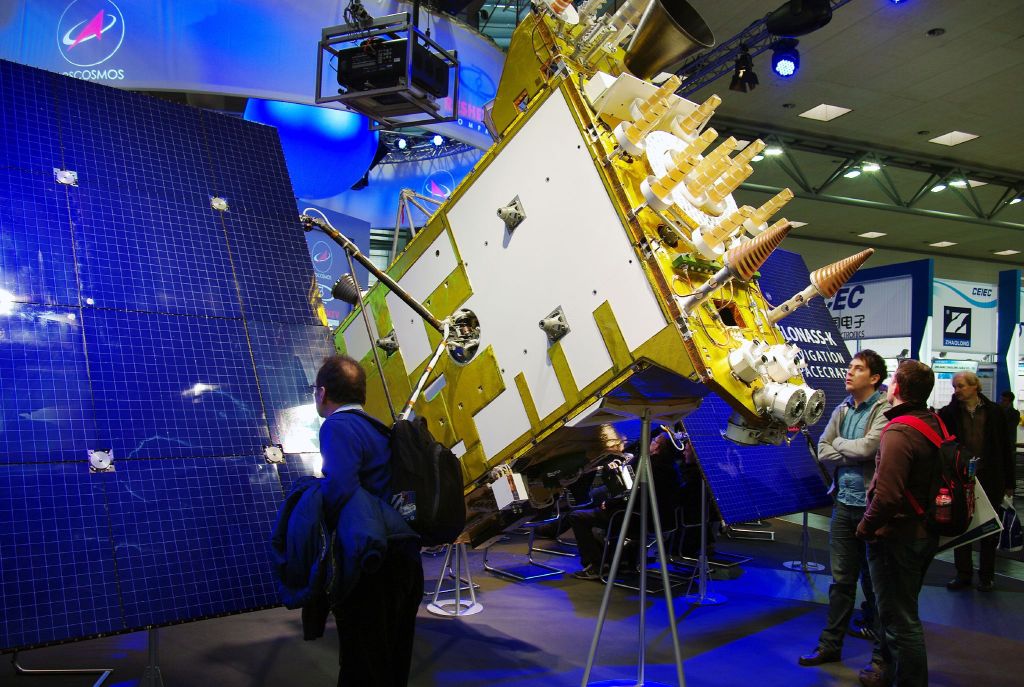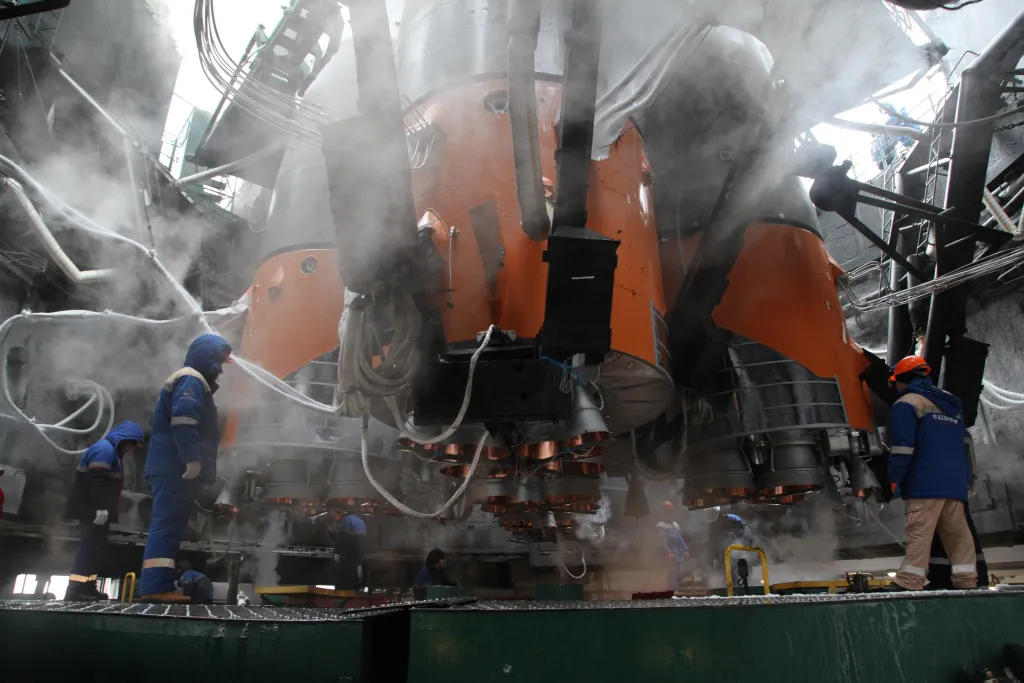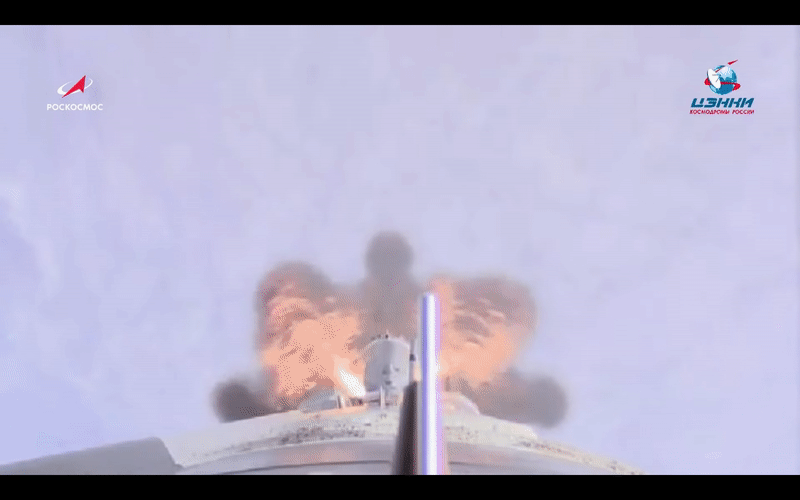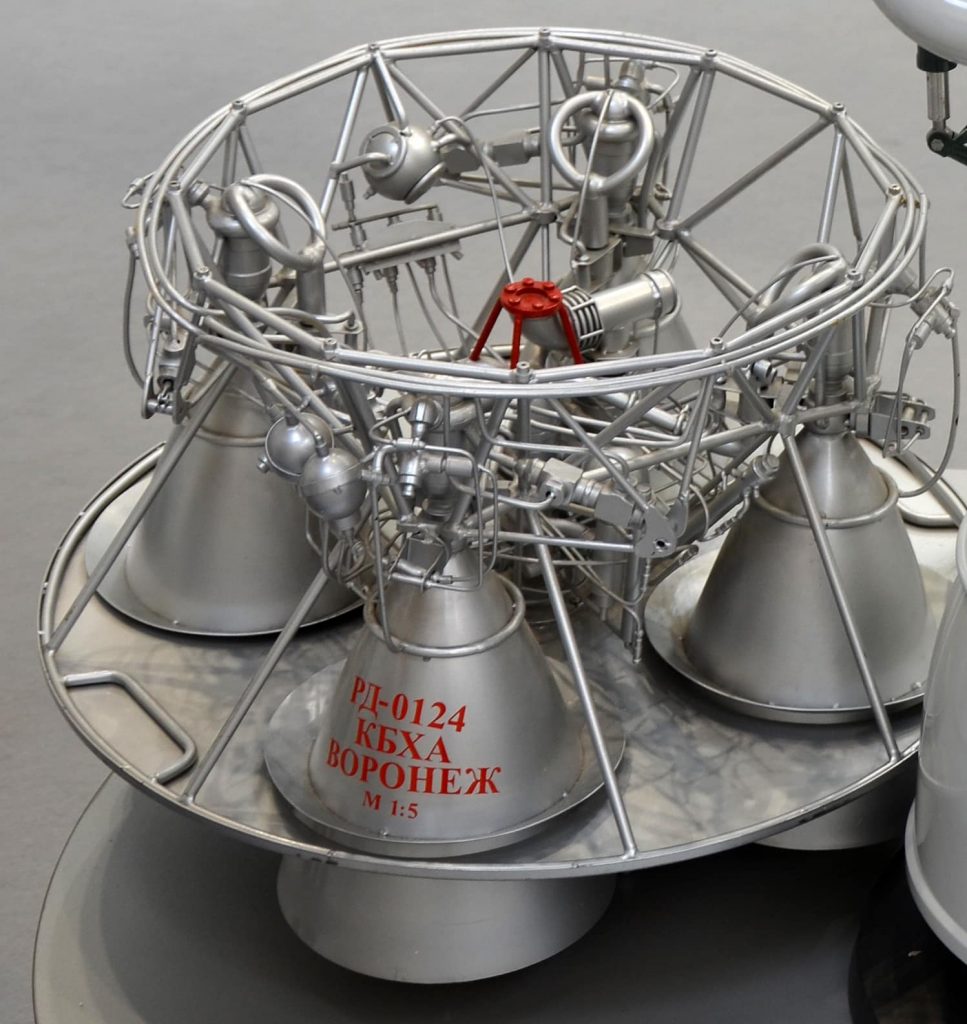Featured image credit: ROSCOSMOS
Lift Off Time | July 7, 2022 – 09:05 UTC | 12:05 MSK |
|---|---|
Mission Name | Glonass-K1 No. 16 (Kosmos 2557) |
Launch Provider | ROSCOSMOS |
Customer | Russian Space Forces |
Rocket | Soyuz 2.1b |
Launch Location | Pad 43/4, Plesetsk Cosmodrome, Arkhangelsk Oblast, Russia |
Payload mass | ~935 kg (~2,060 lb) |
Where is the satellite going? | 19,100 km (11,900 mi) Medium Earth Orbit |
Will they be attempting to recover the first stage? | No, this is not a capability of Soyuz |
Where will the first stage land? | It will crash on the land of Komi Republic, Russia |
Will they be attempting to recover the fairings? | No, this is not a capability of Soyuz |
Are these fairings new? | Yes |
This will be the: | – 6th launch from the Plesetsk cosmodrome in 2022 – 3rd launch of Soyuz 2.1b of 2022 – 10th Russian orbital launch attempt in 2022 – 62nd GLONASS launch – 137th launch for Soyuz-2 rocket series – 74th launch for Soyuz-2-1b variant – 108th launch for Fregat upper stage – 78th orbital launch attempt of 2022 |
Where to watch | If available, a livestream will be listed here |
What Does All This Mean?
The Russian Federal Space Agency will launch one of its GLONASS global positioning satellites (GLONASS-K1 No. 16) on a Soyuz 2.1b launch vehicle into a medium Earth orbit. The rocket will lift off from the Plesetsk Cosmodrome, in Russia, which will mark the 6th launch from this site of 2022.
Glonass-K1 Mission
There are several radio-based navigation constellations of satellites that provide military and commercial navigation information. Together they are known as Global Navigation Satellite Systems (GNSS). The first of these and the best known is the USA Navstar system, better known as the Global Positioning System (GPS). GLONASS is the Russian (formerly Soviet) equivalent system. China has its own Beidou system and the EU has set up its Galileo system. All four systems are now fully operational.
The first GLONASS satellite was launched in 1982. Full coverage was established by 1995, with 24 satellites. The satellites occupy three distinct orbital planes of 8 satellites per plane, 120 degrees apart from each other. In the late 1990s, several of the original satellites started to fail. For a period of time, the failed satellites were not replaced, so the system’s capability was reduced. In 2001, the government decided to make the re-establishment of the full constellation a priority. By 2011 the constellation was fully re-established.
There are now 25 satellites in the GLONASS constellation, of which 22 are in use for their intended purpose and three are temporarily out for maintenance. There are three generations of the GLONASS satellites:
- original GLONASS
- GLONASS-M
- GLONASS-K
GLONASS-K1 satellites are the first version of GLONASS to operate in a vacuum. These satellites are developed by ISS Reshetnev (Reshetnev Information Satellite Systems), their preliminary design was completed back in 2002.Previous versions of GLONASS have been pressurized. This is why the mass of GLONASS-K1 is much lower than previous versions (935 kg vs. 1,450 kg). Its lifespan is 10 years, three years longer than that of the GLONASS-M satellites.

What Is Soyuz 2.1b?
ROSCOSMOS’s Soyuz is a multi-use medium-lift launch vehicle that was introduced in far 1966 and since then has been the workhorse of the Soviet/Russian space program. It is capable to launch civilian and military satellites, as well as cargo and crewed missions to the ISS. Over the decades, several variants of the Soyuz rocket have been developed. Soyuz 2.1b is one of its latest iterations that belongs to the Soyuz-2 rocket family.

The rocket consists of three stages, all of them are expendable. When launching to the ISS, Soyuz-2 can be flown with either a Progress capsule or a Soyuz spacecraft.
Soyuz 2.1b is about 46.3 meters (152 ft) in height and 2.95 meters (9 feet) in diameter. The vehicle’s total lift-off mass is approximately 312,000 kg (688,000 lb). The rocket’s payload lift capacity to low-Earth orbit (LEO) is between 6,600 and 7,400 kg depending on the launch site.
Stages
| First Stage | Second Stage | Third Stage | |
| Engine | 4 RD-107A | RD-108A | RD-0124 |
| Total Thrust | 840 kN (188,720 lbf), sea level 1,020 kN (229,290 lbf), vacuum | 792 kN (178,140 lbf), sea level 922 kN (207,240 lbf), vacuum | 294 kN (66,094 lbf), vacuum |
| Specific Impulse (ISP) | 263 s, sea level 320 s, vacuum | 258 s, sea level 321 s, vacuum | 359 s, vacuum |
Side Boosters
The first stage of the Soyuz 2.1b rocket is composed of 4 side boosters that are powered by RD-107A engines. Each one of the boosters has a conical shape and a dry weight of 3,784 kg. It is approximately 19.6 meters in length, with a diameter of 2.7 meters. Each side booster has two vernier thrusters that are used for flight control.
The RD-107A engine runs on rocket-grade kerosene (RP-1) and liquid oxygen (LOx). The propellants are stored in the pressurized aluminum alloy tanks, the kerosene tank is located in the cylindrical part of the booster, and the LOx one is in the conical section. Each one of those engines have 4 combustion chambers and together they are capable of producing a thrust of 840 kN at sea level and 1,020 kN in a vacuum.

Perhaps, the most spectacular moment of the Soyuz-2 rocket’s launch is the separation of the first stage. It happens approximately 2 minutes after the launch. The boosters perform a pattern, known as the “Korolev cross” (named after Sergei Korolev, a very important figure of the USSR space program and history).
Second And Third Stages
The center core stage is powered by a single RD-108A engine, and the upper stage is fitted with a single RD-0124 engine. Both of these engines run on RP-1 and LOx and have 4 combustion chambers. The second stage is 27.1 meters long, with a diameter of 2.95 meters, and a dry mass of 6,545 kg. It has 4 vernier thrusters for three-axis flight control.
The third stage of a Soyuz-2 rocket has a height of 6.7 meters, a diameter of 2.7 meters, and a dry mass of 2,355 kg. One interesting thing about the RD-0124 engine on this stage is that it starts its ignition sequence prior to stage separation. This process is called “hot fire staging”.

Fregat Upper Stage
Flight qualified in 2000, the Fregat upper stage is an autonomous and flexible stage that is designed to operate as an orbital vehicle. It extends the Soyuz launcher’s capability, covering a full range of orbits (LEO, SSO, MEO, GTO, GEO and Earth escape). Fregat is independent of all the other stages, as it has its own guidance, navigation, attitude control, tracking, and telemetry systems. The S5.92 engine burns storable propellants – UDMH (unsymmetrical dimethylhydrazine) and NTO (nitrogen tetroxide). The Fregat upper stage is encapsulated in a fairing with the payload and a payload adaptor/dispenser. Upgraded Fregat-M has additional ball-shaped compartments on top of its propellant tanks, which allows to increase the load capability of the propellant.






